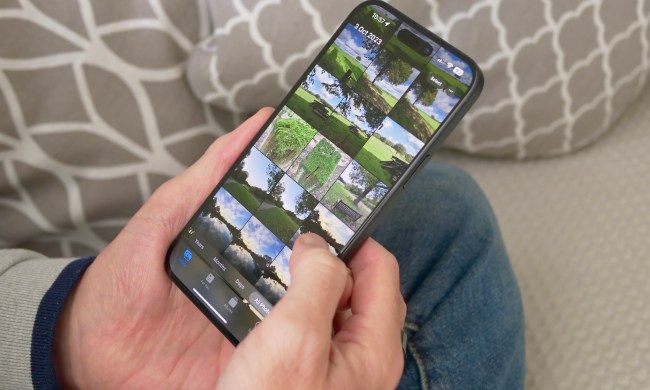
A new study from the Nielsen Norman Group took a look at how users in the UK and the United States fared when asked to complete specific Web-based tasks via regular PCs and via mobile phones—and while it’s no surprise that using the Internet via a mobile phone can be awkward, the differences the study found between the two groups is a little astonishing. According to the findings, some 80 percent of the participants were able to complete assigned Web-based tasks using a regular PC, but only 59 percent were able to complete those tasks using a mobile phone. The conclusion? Mobile Web usability is "neither easy nor pleasant" for phone users—actually, the word they chose was "miserable."
"The phrase ‘mobile usability’ is pretty much an oxymoron," said Nielsen Norman group principal Jakob Nielsen, a widely-known authority on technology and computer usability. "Observing users suffer during our user sessions reminded us of the very first usability studies we did with traditional Web sites in 1994. It was that bad."
The study picks out four main obstacles to the typical mobile Web experience: small screen sizes, the difficulty of handling text or mouse-based input, sites that aren’t designed to scale to non-desktop systems, and download delays.
When participants used sites specifically designed with mobile devices in mind, their success rates at completing tasks increased to 64 percent.
"The key opportunity for improving the mobile user experience lies in Web sites being designed specifically for better mobile usability," said NN/g user experience specialist Raluca Budiu, lead researcher of the study, in a statement.
The Nielsen Normal Group estimates user success could be increased by up to 20 percent by careful design of mobile-optimized Web sites.

